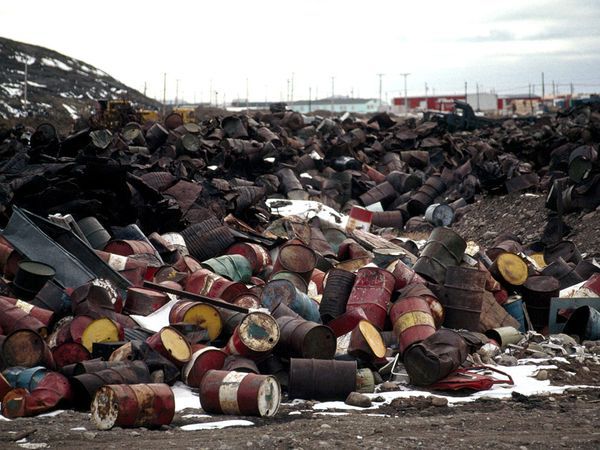
Many scientists and researchers have discovered that chemicals such as lead and chromium often lead to many health risks. The research was done at toxic waste sites located in India, Indonesia, and the Philippines. Many underdeveloped countries reside near these toxic waste sites, resulting in exposure and disease. Although pollution and its dangers have been notorious for many years, it had not been determined to be this deadly. Sadly, this is only the start for many researchers. The pollution in each of the sites comes from many products, such as the water, soil, or the air. When gathering data, researchers are learning more about how these chemicals affect humans. Mental retardation, anemia, and cardiovascular disease are only a few of the results that came about. These heavily toxic chemicals are an immediate danger to the environment. They could ultimately lead to many more unknowns. Scientists suggest gathering information on the amount of toxicants in the people that reside near these sites. Scientists also suggest researching the diseases and the further damage they could cause. This problem, in the future, may not be quarantined in one area, however. It could spread and more research is required to fully comprehend the situation. These chemicals may multiply and some may not even be discovered yet. Not knowing or seeing the future is a great risk to the people who live in these areas. Personally, I think that these toxicants are a hazard and threat to the environment. They are not only directly harming the people, but possibly the animals and plants. A solution should be found immediately and efficiently before any further damage can happen.
Source:
Science News


I completely agree that these toxic wastes are harming the environment as a whole, encompassing humans, plants, and animals. The chemicals that you discussed (lead and chromium) are vastly damaging the natural environment, as well as waste that we produce right at home. Notably, electronic waste contains extreme amounts of lead causing damages in the nervous system, blood, and kidneys. This so called “e- waste” represents 2 percent of America’s trash in landfills, but 70 percent of total toxic waste. Even just a battery that is thrown away or oil poured down the drain has become toxic waste. This issue is very eye-opening and brings our inconsiderate attitudes towards the disposal of this waste to light. After some research I discovered some achievable ways for us to cut back on the toxic waste that we produce. We can all decrease our output of toxic wastes by donating old paint to artists or schools, using organic cleaners, and recycling old electronics.
ReplyDelete